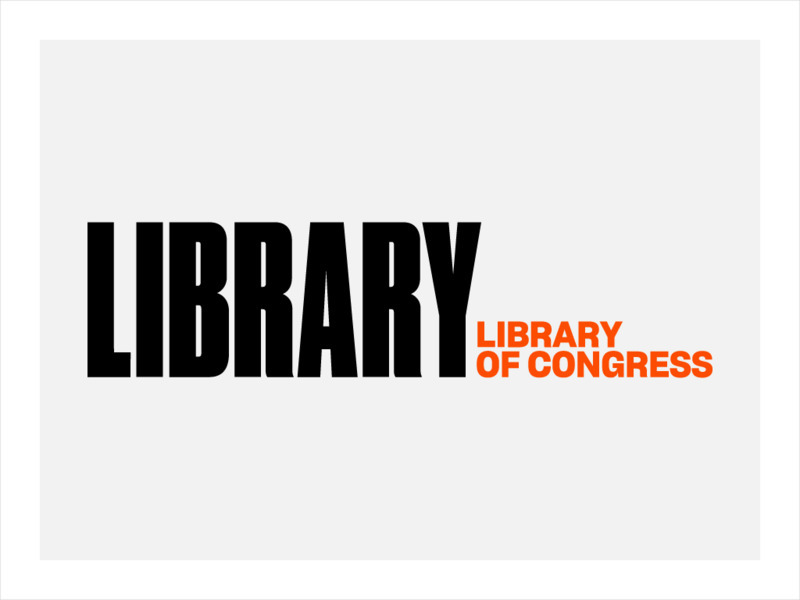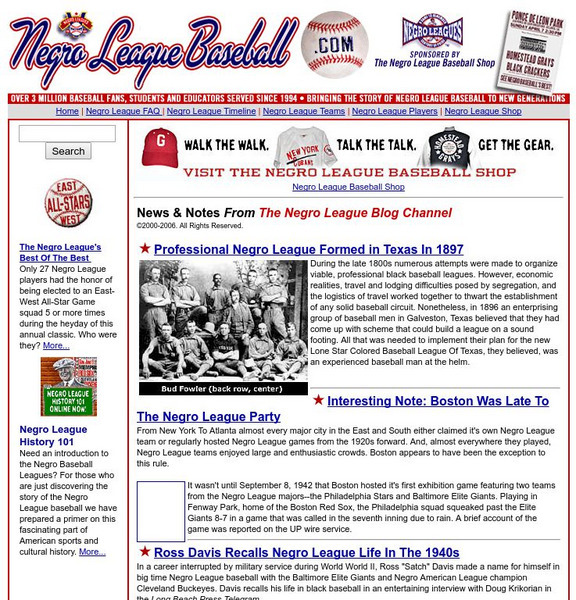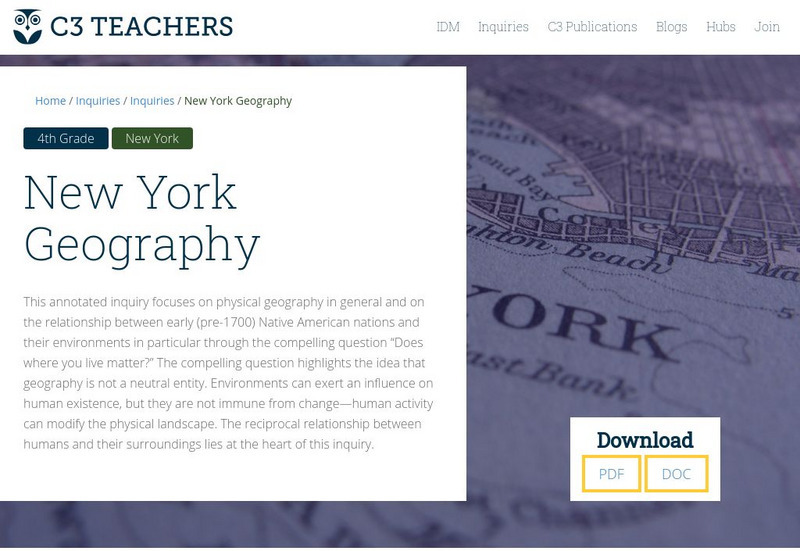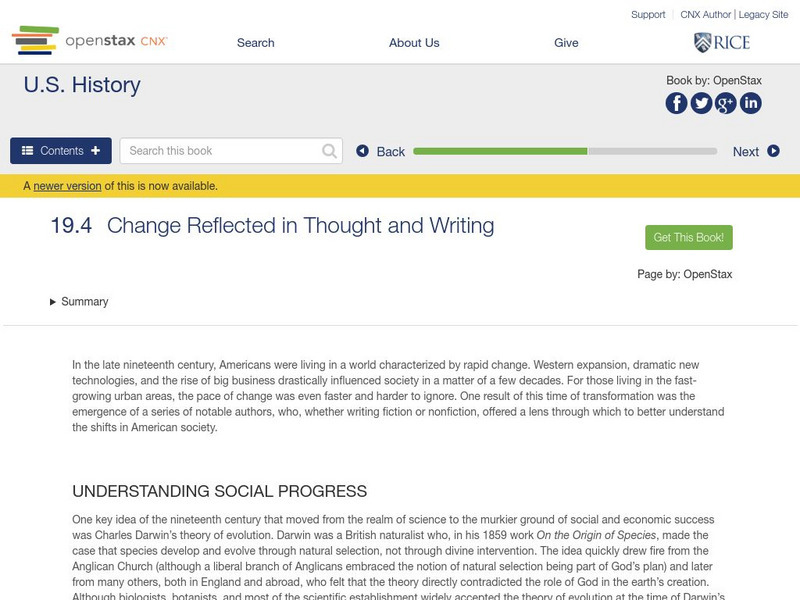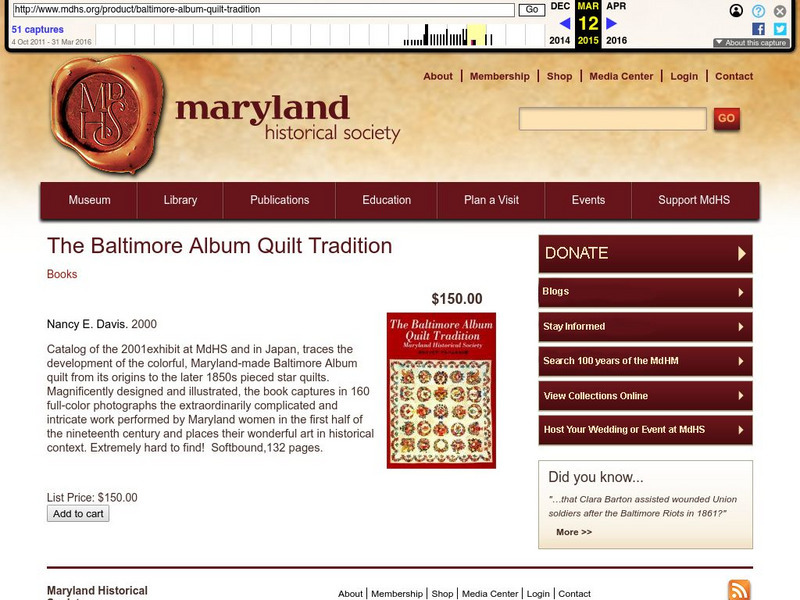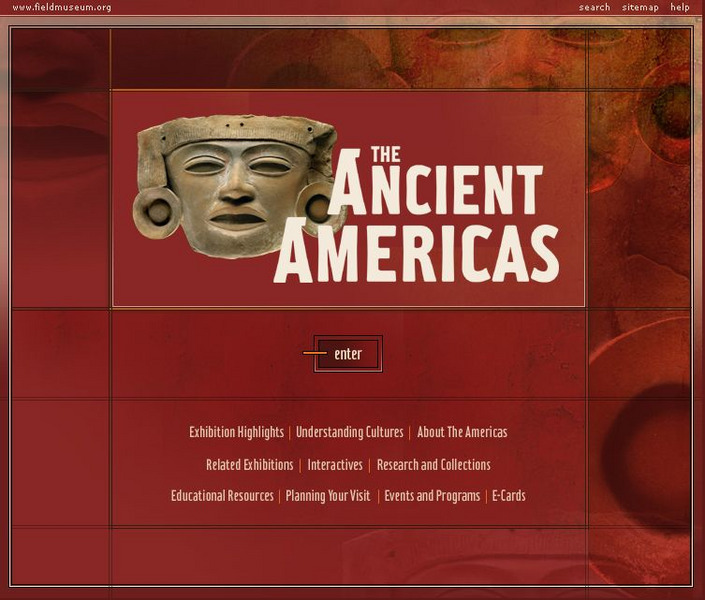Hi, what do you want to do?
Library of Congress
Loc: Change in Early 20th Century America: Doing the Decades
This unit provides a flexible investigative structure for the study of selected themes in U.S. history and culture using the American Memory collections and related resources. Core goals are the development of relationships between...
ClassFlow
Class Flow: Native Americans of North Carolina
[Free Registration/Login Required] This flipchart describes the three main Native American Nations of early North Carolina. Briefly describes the differences of the homes for each of the three nations as well as pictures.
Other
Negro League Baseball
Bringing the story of Negro League Baseball from the early 20th Century to new generations, this site provides all there is to know about this historic organization.
Khan Academy
Khan Academy: Special Topics in Art History: Seeing America
A course on looking at American history through art. Should be cross-checked against smarthistory.org.
Library of Congress
Loc: The Modern Dances and How to Dance Them: The Castle Walk
This resource describes the history of a dance callled the Castle Walk, which was popular in the early 1900's. Includes information on the orgins of the dance, as well as text and images from a dance manual of the period.
Library of Congress
Loc: America's Story: Rev. Eleazer Wheelock Started Dartmouth
A brief summary of the early years of Dartmouth College, and its founder, Reverend Eleazer Wheelock. Also contains fascinating photographs of the cornerstone ceremony and Founders' Day crowds.
C3 Teachers
C3 Teachers: Inquiries: New York Geography
A comprehensive learning module on the geography of New York State that includes three supporting questions accompanied by formative tasks and source materials, followed by a summative performance task. Topics covered include New York...
Khan Academy
Khan Academy: Ap Us History Period 6: 1865 1898: Reform in the Gilded Age
The study resource from Khan Academy provides an overview of Period 6: 1865-1898 in American History. Reform in the Gilded Age is discussed in this lesson. This resource is designed as a review for the AP US History Test.
National Endowment for the Humanities
Neh: Edsit Ement: Mapping the Past
Students will examine European world maps from the Middle Ages, the Age of Discovery, and the period of New World exploration. They will then look at maps that record the early exploration of the American West and collect present-day...
OpenStax
Open Stax: Urbanization 1870 1900: Change Reflected in Thought and Writing
American writers and intellectuals played an important role in articulating the changes taking place in Industrial America in the late 1800s and early 1900s. Learn about some of the prominent writers, scientists, and philosophers at that...
Metropolitan Museum of Art
Metropolitan Museum of Art: Great Serpent Mound
The Metropolitan Museum of Art provides this informative page on the Great Serpent mound, built by early Naitve Americans in Ohio. With information and pictures this in a nice resource for study.
Varsity Tutors
Varsity Tutors: Web English Teacher: Zora Neale Hurston
This site provides information and activities focused around Zora Neale Hurston's life and work. Check out this site featuring links to several sites focused on Hurston's work.
Other
The Baltimore Album Quilt Tradition
An online exhibit of quilts made in Maryland especially the "album quilt" which often contained pictorial images of urban Baltimore life. Learning activities and extra resources are included.
University of Groningen
American History: Essays: Viking Settlement and the Mandans
Essay investigating the migration and settlement of Eurasion tribal groups across the Atlantic ocean to North America.
Khan Academy
Khan Academy: Pop Art in the Uk
While American artists were primarily inspired by what they saw and experienced within their own culture, early Pop art in Britain was fueled by American popular culture viewed from a distance. Learn more about Pop art in the UK here.
PBS
Wnet: Thirteen: The Slave Experience: Family
Using oral histories and primary sources, the story of slave family life is told.
Library of Congress
Loc: America at the Turn of the Century
A short report on America by 1900: "..the American nation had established itself as a world power. The West was Won. The frontier -- the great fact of 300 years of American history -- was no more."
The Field Museum
Field Museum: Exhibits: The Ancient Americas
Gain a deeper understanding of the Americas on this journey through 13,000 years of human ingenuity and achievement in the western hemisphere.
State Library of North Carolina
N Cpedia: Latinos
Latinos, also referred to as Hispanics, lived in North Carolina in relatively small numbers until the 1980s, when many people of Mexican and Central American descent began coming to the state in search of seasonal farm work. By the end...
Wikimedia
Wikipedia: Indigenous Peoples of the Americas
Looks at migration theories proposed in regard to the early peopling of the Americas, European colonization, early agriculture and culture. Also looks at contemporary indigenous groups, then groups within each country in the Americas.
Texas State Historical Association
Texas State Historical Association: Prehistoric Texas [Pdf]
An activity guide where students refer to the Texas Almanac, which is free to download, for information needed to complete assigned tasks. In this lesson, students are asked to research the four stages of cultural development in early...
PBS
Pbs Learning Media: Baseball and Social Change: The Story of Roberto Clemente
In this blended lesson supporting literacy skills, students learn about baseball legend Roberto Clemente, his early years in the United States during segregation, and changes in the 1960s that made the U.S. culture more open to...
Bartleby
Bartleby.com: Cambridge History of Eng and Am Lit: Chauncy and Wigglesworth
This is a detailed essay discussing Charles Chauncy and Edward Wigglesworth, two men who were religious leaders in early 18th century colonial America.
Other
Discover Nikkei: Japanese Migration to Chile
A short account tracing the migration of Japanese to Chile starting in the early 1900s, what they did there and how they were treated.





